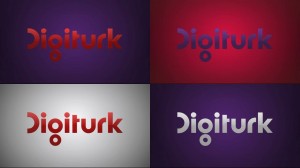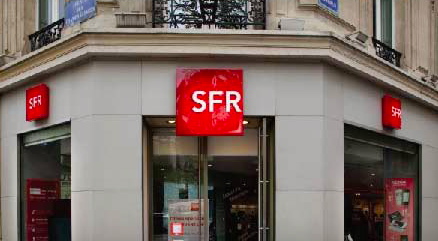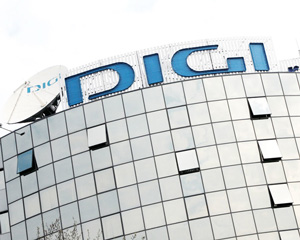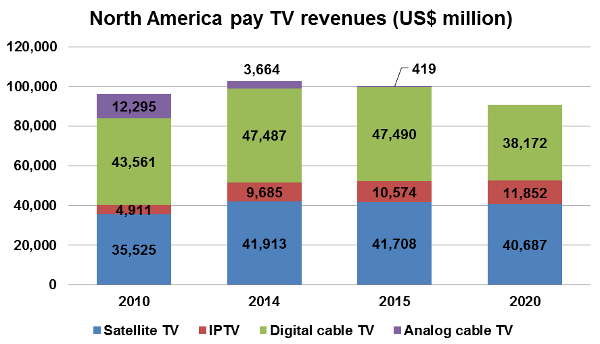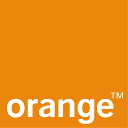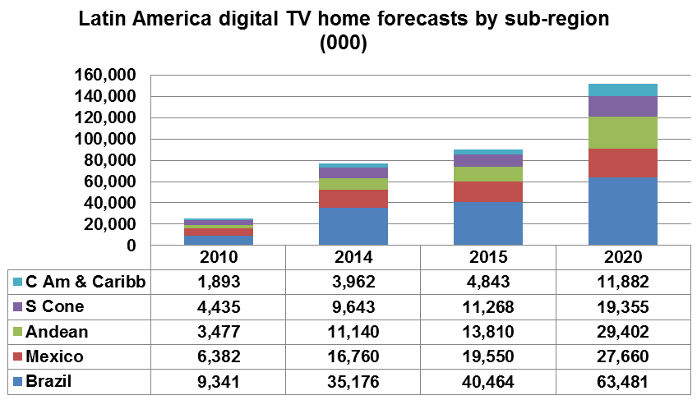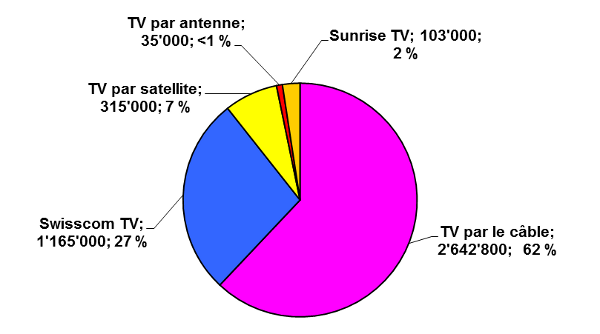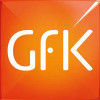
According to Portugal’s Autoridade Nacional de Comunicações (ANACOM), there were 3.35 million subscribers to subscription TV in the country at the end of 2014, 55,800 (+1.7 percent) more than in the previous quarter, and an extra 179,300 (+5.7 percent) compared with the end of 2013.
At the end of December, cable TV represented 40.8 percent of total subscribers, while DTH comprised 17.9 percent, and xDSL comprised 22.6 percent. Optical fibre (FTTH/B) accounted for 18.7 percent of all subscribers.
The total number of cable television service subscribers – around 1.367 million – was 9.3 thousand down on the previous quarter (-0.7 percent). The number of DTH subscribers stood at 601 thousand, 7 thousand more (+1.2 percent) than in the previous quarter, and 11.5 thousand fewer than at the end of 2013 (-1.9%). The number of subscribers to subscription TV via optical fibre (FTTH/B) increased by 2.5 percent in the quarter, 10.3 percent annually, reaching a total of 627 thousand.
Subscription television service subscribers by technology (Units: 1000 subscribers; %)
Quarterly Annual
13Q1 13Q2 13Q3 13Q4 14Q1 14Q2 14Q3 14Q4 variation variation
----- ----- ----- ----- ----- ----- ----- ----- ----------- ------------
Cable 1,446 1,433 1,417 1,401 1,396 1,386 1,376 1,367 -9.3 -0.7% -33.9 -2.4%
DTH 646 633 630 612 598 592 594 601 7.0 1.2% -11.5 -1.9%
FTTH 414 434 452 473 511 550 587 627 39.6 2.5% 154.1 10.3%
Other technologies (xDSL, FWA) 623 644 657 686 705 720 738 756 18.5 6.7% 70.5 32.6%
----- ----- ----- ----- ----- ----- ----- ----- ----------- ------------
Total 3,129 3,143 3,156 3,171 3,210 3,248 3,294 3,350 55.8 1.7% 179.3 5.7%
The ZON Optimus Group continues to have the largest, though consistently declining, share of subscription TV subscribers (44.0 percent). PT Comunicações (PTC) and Cabovisão follow with shares of 42.2 percent and 6.2 percent, respectively. Vodafone continues to gain share though from a low base.
Shares of subscription TV subscribers (Units: %)
13Q1 13Q2 13Q3 13Q4 14Q1 14Q2 14Q3 14Q4
------ ------ ------ ------ ------ ------ ------ ------
Grupo ZON/TV Cabo 49.74% 49.0% - - - - - -
Optimus (ex-Sonaecom) 1.18% 1.2% - - - - - -
Grupo ZON Optimus[1]/NOS[2] - - 49.2% 47.8% 46.4% 45.3% 44.5% 44.0%
Optimus/NOS Comunicações - 1.2% 0.8% - - 42.3% 41.5% 41.0%
ZON Madeira/NOS Madeira 2.00% 2.0% 2.0% 2.0% - 2.0% 2.0% 1.9%
ZON Açores/NOS Açores 1.44% 1.4% 1.4% 1.1% - 1.1% 1.1% 1.0%
ZON TV Cabo Portugal 46.30% 45.6% 44.7% 43.8% - - - -
PT Comunicações 39.88% 40.4% 40.9% 41.5% 41.6% 41.9% 42.1% 42.2%
Cabovisão 7.59% 7.4% 7.2% 7.1% 6.9% 6.7% 6.5% 6.2%
Vodafone 1.45% 1.8% 2.5% 3.5% 5.0% 5.9% 6.7% 7.5%
Other providers 0.19% 0.2% 0.2% 0.2% 0.2% 0.2% 0.2% 0.2%
1. ZON acquired Optimus on August 27, 2013
2. On May 16, 2014, Optimus changed its name to NOS Comunicações.
Source: ICP-ANACOM
 Germany’s fourth-largest cable operator PrimaCom wants to accelerate its growth through further acquisitions following last year’s takeover of DTK Deutsche Telekabel.
Germany’s fourth-largest cable operator PrimaCom wants to accelerate its growth through further acquisitions following last year’s takeover of DTK Deutsche Telekabel.

